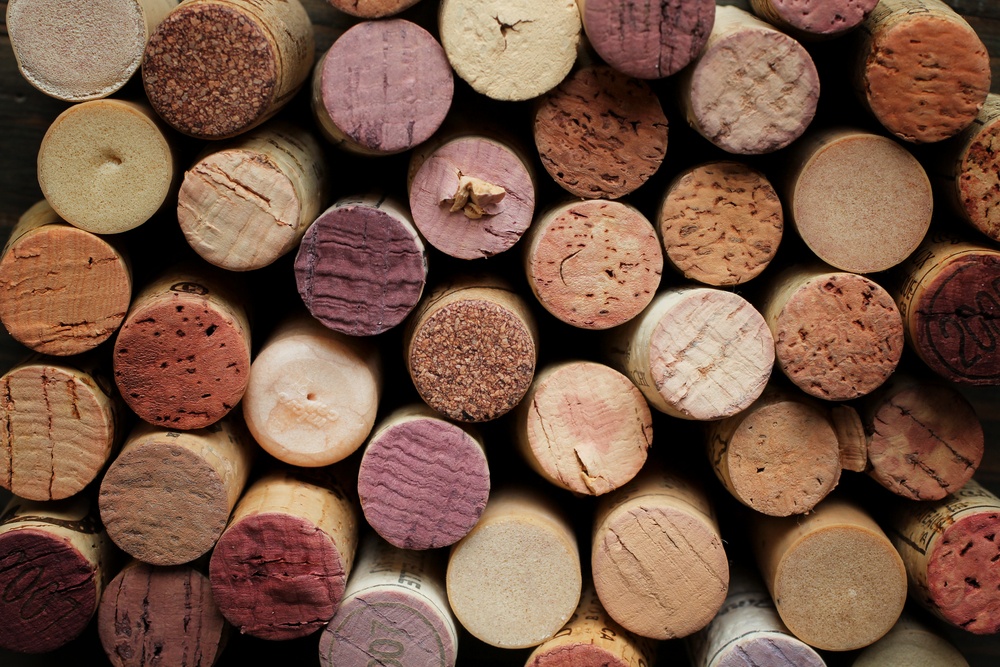Nothing can put a damper on a well planned dinner party like spoiled wine. Just recently, I found myself to be the unlucky owner of a corked bottle of red. Fortunately, I wasn’t entertaining so the only people who were severely put out by this development were my wife and myself. Still, it was a frustrating and disappointing experience to open up a carefully chosen bottle only to be treated by an awful, damp aroma.
With that in mind, I thought it would be a great idea to round up some of the more common wine spoilages wine drinkers will encounter. We’ll discuss how to spot them and, more importantly, how to potentially salvage the bottle.
Oxidised wine
Chances are if you’ve left a bottle of wine open for too long before drinking it you’re already familiar with what oxidisation tastes like. Oxidisation, as the name suggests, is when wine is exposed to too much oxygen. As soon as the cork is popped it is exposed to oxygen and begins to break down. Oxidised wines taste bitter, dry and lose any brightness.
This is not a problem afflicting only opened bottles. Unopened bottles are also susceptible to oxidisation if they were not sealed correctly.
Cork Taint

Cork taint occurs when trichloranisole (TCA) in the cork seeps into the liquid and contaminates the wine. TCA is also found in oak barrels and can destroy entire batches of wine.
Corked wine has a noticeably dank aroma and has an extremely off-putting taste of mold. Needless to say, if you suspect your wine has corked don’t be shy to return it to the store immediately.
Sulfur Compounds

As sulfur is added to wine during the stabilisation process, it’s hardly surprising that it occasionally has a negative effect on the aroma and taste. Additionally, imperfections in a wine’s fermentation process can result in increased sulfur production.
If you’ve ever noticed a rotten egg or burnt rubber smell when opening a bottle of wine, chances are it has been affected by the sulfur compounds. While it may seem off-putting, the sulfur is perfectly safe and can be mitigated slightly by decanting the wine before consuming.
Secondary fermentation

As the name — and common sense — suggests, any wine that isn’t sparkling shouldn’t be bubbly. So, if you’re opening up a bottle of wine and you hear a fizz or notice bubbles that shouldn’t be there, your wine has probably been affected by secondary fermentation.
Secondary fermentation occurs when residual sugar is bottled along with the wine and then re-ferments it.
Secondary fermentation doesn’t really have much effect on taste and flavor, although some may find the idea off-putting. If you’re determined to still drink the wine, try shaking it up for a bit to get rid of the excess bubbles.
Heat damage

If you dislike overly sweet wines, avoid heat damage at all costs! When wine is exposed to too much heat it becomes overly sweet and jammy. It will also develop a roasted, caramelized sugar aroma.
There’s not much you can do to salvage “cooked wine” but it can be prevented by storing wine in a cool area of the house.


